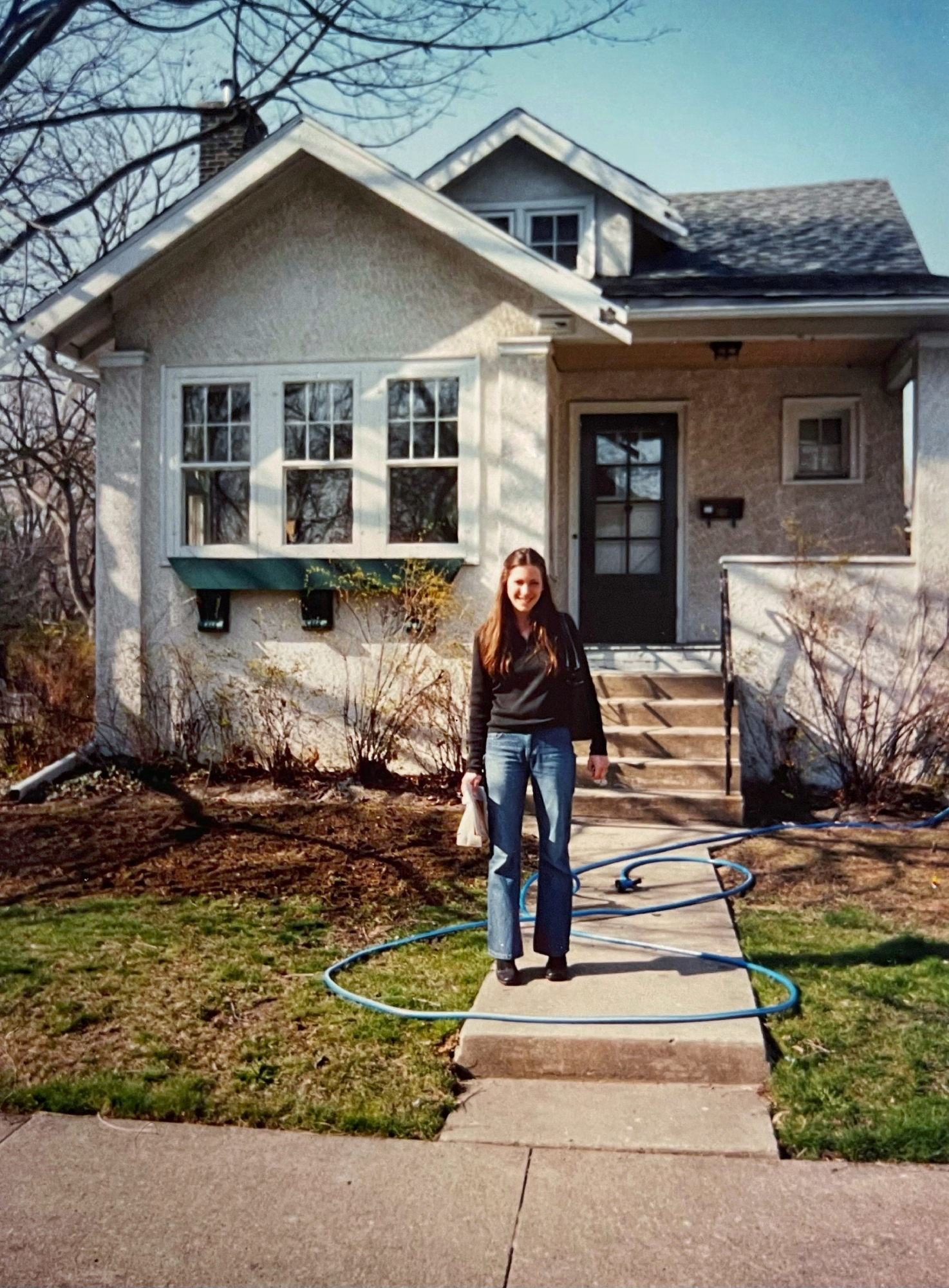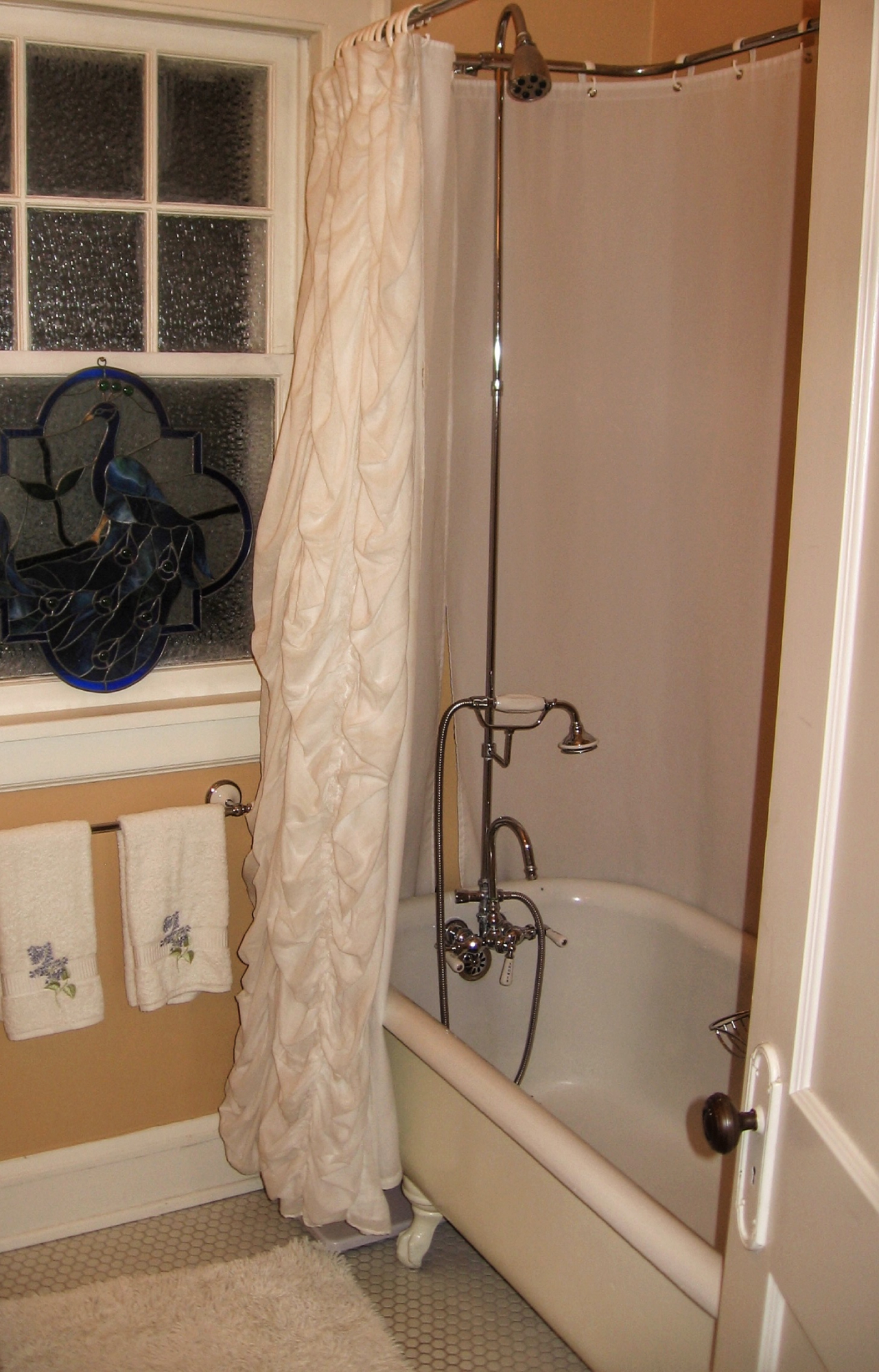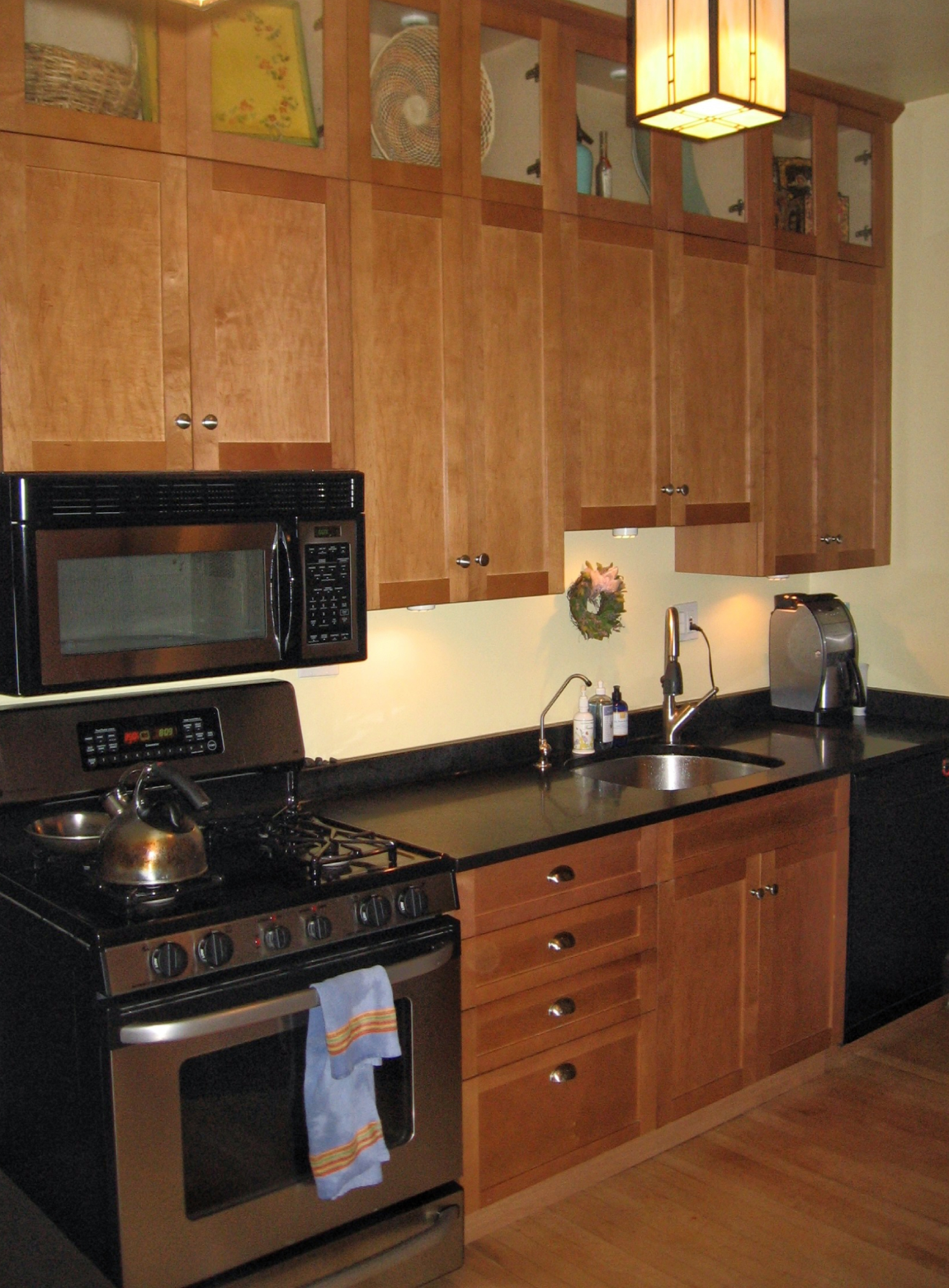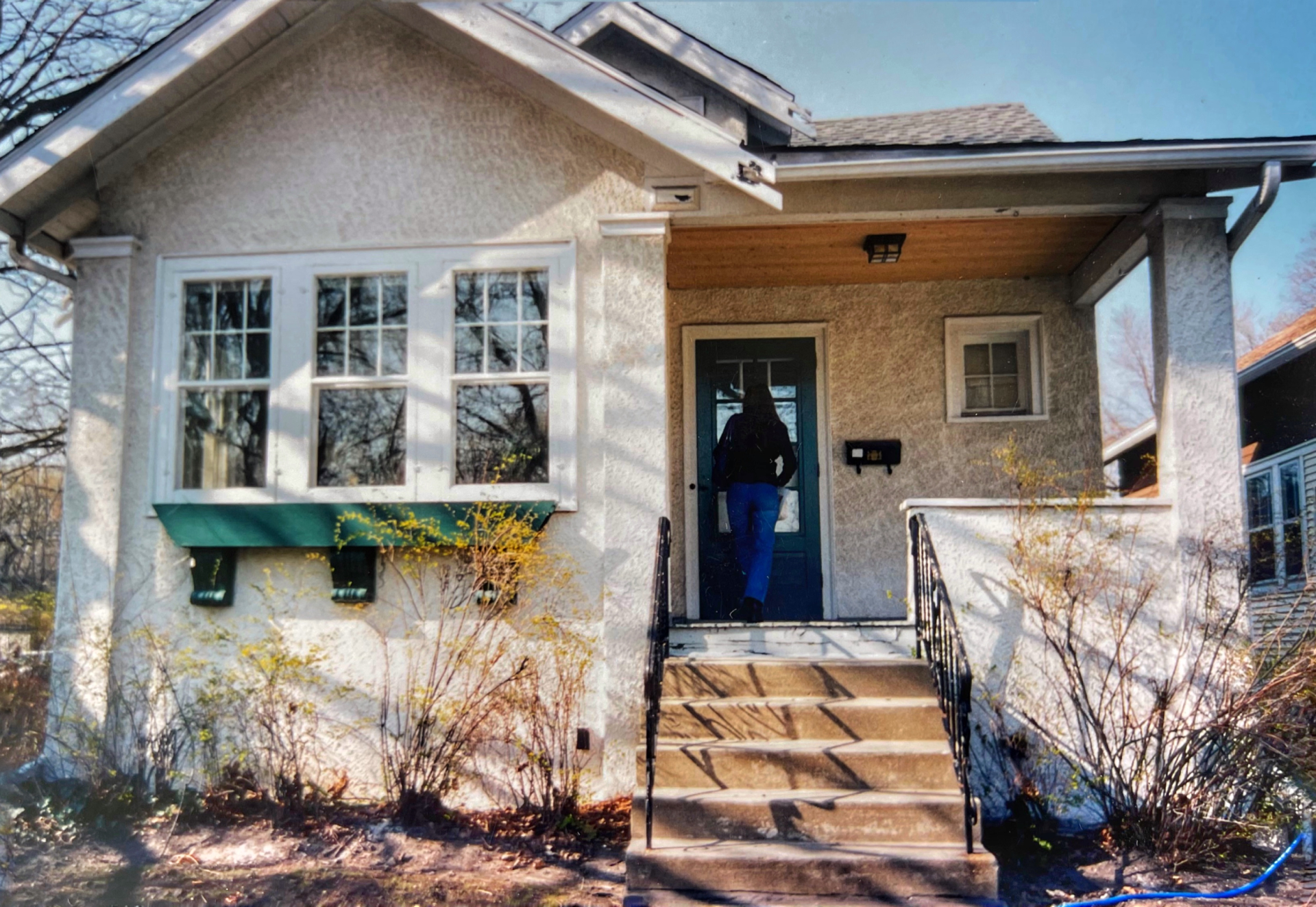How we decided to stay put and remodel our Craftsman bungalow.

“The thing always happens that you really believe in; and the belief in a thing makes it happen.”
— Frank Lloyd Wright
Part 2 in the series Our Little House Grows Up
>> If you’re just joining us, catch up on the remodel of our century-old bungalow with Part 1.
We purchased our 1920s white stucco Craftsman bungalow in 2003. We bought the house from a developer who abandoned their plan to tear it down and build a new one, so you could say our purchase was the first step in preserving this charming historic home.

The house was just what we were looking for. We wanted a vintage home with character, authentic architectural details, and plenty of potential; a charmer in a good neighborhood that we could renovate to sell in a few years when we were ready to move to a larger place. We were just a couple of kids with a dream.
By this time, we’d launched our remodeling company. The plan was to run the business out of our home, with Nate renovating our place on the side.
Before moving in, we made substantial upgrades to the house without changing the floor plan: we updated the kitchen with all new cabinets, countertops, and appliances and fixed up the bathroom, keeping the cast iron clawfoot tub that’s original to the house. (Interesting side note: vintage cast iron tubs have the date stamped into them; the manufacture date on our tub was February 9, 1920.)


The original clawfoot tub and our newly renovated kitchen.
Three years, we thought. We’ll live in, work from, and upgrade our starter home for three years before moving on. Over time, our company grew, as did our family when we welcomed a son, a daughter, and two dogs. Though space was tight (we thought of it as cozy), we kept busy with small children and an expanding business, and over time, we became attached to the neighborhood and our community here.
Finally, we reached a point where we knew we needed more space. Demands on the house were growing as the kids got bigger, and we required dedicated areas for a business office and home schoolroom. We’d put down roots in the neighborhood and knew we wanted to stay. The kids had lots of friends, and we lived close to family. We wanted the charm of an older home to remodel. After all, renovating old houses is Nate’s passion.
The expense of buying a fixer-upper home didn’t make sense when we factored in the cost of the improvements that would be needed. On the other hand, if we built an addition to our existing house, we’d get exactly what we wanted in the location we wanted, all with the lowest financial investment. So, we focused on what it would look like to remodel and add to our existing home.
Our goal was to maintain the character and style of the original house; we didn’t want to tear down and change the face of the neighborhood with our addition.
We agreed that if we were going through the disruption of remodeling, it wouldn’t be just to add a few rooms. We would go big–and to do that would take months of careful planning, design, and budgeting.
Melissa orchestrated the financial piece, and Nate worked out the logistics of giving our home the major remodel we envisioned. During this time of planning and diagramming, our dream house evolved into architectural drawings, technical plans, contracts, and permits, coming together to make our new home a reality.
Next up in the series Our Little House Grows Up: A Peek Inside a 100-Year-Old Home Addition – Make No Little Plans.

